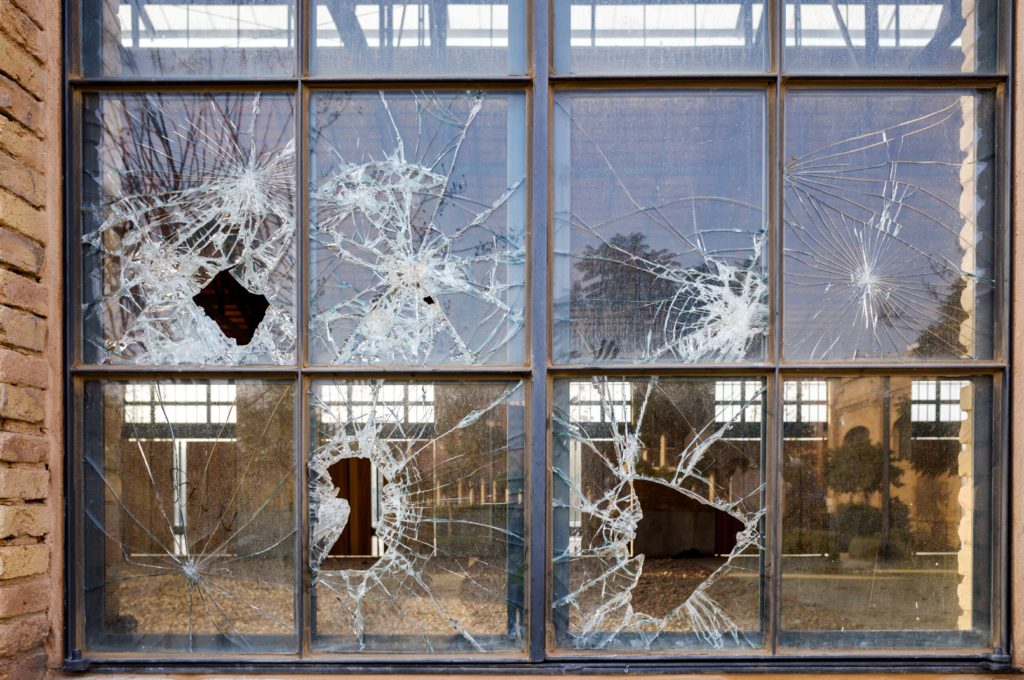April 15, 2020 Joseph Bolle
Incorporating ‘Broken Windows Theory’ in Manufacturing Safety
In the early 1990s, New York City Police Commissioner William Bratton put a concept known as the Broken Windows Theory into practice. In general law enforcement at that time, scholars and police tended to focus on serious crimes, meaning crimes that were perceived to be the most serious and consequential for the victim, such as rape, robbery and murder.
The Broken Windows Theory takes a different view, suggesting that serious crime is the result of a lengthier chain of events, that crime originates from disorder and that if disorder were eliminated, then serious crimes would not occur. The theory also suggests that the existence and/or appearance of disorder, such as broken windows, creates fear in the minds of citizens who are convinced that the area is unsafe. This can lead to withdrawal from the community and weakens the social controls that previously kept criminals in check. Once this process begins, it feeds itself. Disorder causes crime, and crime causes further disorder and more crime. Under Commissioner Bratton, New York City began focusing on smaller chronic issues such as turnstile jumping and graffiti and saw federal crimes drop by 40% in only six years.
How does the Broken Windows Theory impact workplace safety? As companies, we often spend the majority of our time and resources on OSHA’s Focus 4, which OSHA has found to be the four leading causes of fatalities:
- Electrical Hazards
- Falls
- Caught Between
- Struck By
Certainly the Focus 4 warrant our attention, but we cannot fall prey to diverting all our attention to serious or catastrophic issues and ignore or fail to respond to smaller hazards. Ignoring these broken windows could increase complacency, which could quickly lead to greater hazards, more serious incidents and a negative safety culture.
Within Excellerate, we focus many of our safety resources on promoting safe behaviors and correcting small hazards through various hazard ID programs. The goal is to promote constant hazard awareness regardless of severity. In turn, leadership holds our teams accountable for mitigating all hazards, regardless of severity. The results of focusing on the broken windows has led to Excellerate continuing a streak of more than 460 days recordable-injury free.
Does your organization focus only on the major safety hazards? Keep the Broken Windows Theory in mind to ensure you keep your focus on big and small safety efforts.
Interested in learning more? Check out our other articles and subscribe to be the first to know about future Excellerate blog articles.

 Incorporating ‘Broken Windows Theory’ in Manufacturing Safety
Incorporating ‘Broken Windows Theory’ in Manufacturing Safety

